All photos shot with a plastic Diana Mini toy camera
Sometimes yesterday feels like it’s a million miles behind you. Sometimes it’s as close as a kiss in the rearview mirror. Standing on the stained asphalt and allowing yourself to slow down and listen to the trucks roaring by can be like finding yourself home after years of driving from here to there and not remembering where your faded map was supposed to lead you.
At some point, it ceases to matter where you thought you were supposed to go. It probably never did. When you feel who you are in your heart and aren’t distracted by your preconceived ideas of what defines beauty, sometimes you can find it in places you never thought possible. You don’t need to take a Carnival cruise ship or hire a licensed tour guide. It’s better to find it on your own.
When I moved from Connecticut to Tucson, I spent a lot of time joking around with the movers while they packed up my house and loaded my belongings into their truck. “Slim,” the toothless old man who never seemed to do any work and who had a trail of wives and children that stretched from one side of the country to the other, asked where I was moving. I told him Tucson, and his eyes lit up.
“Tucson, eh? You got to go to the Triple T when you get there.”
“What’s the Triple T?” I asked Slim.
“A truck stop, kind of out of town.”
The look on my face must have given away my thoughts. Visiting a truck stop wasn’t high on my list of priorities when arriving in Tucson.
Slim protested, “No, no, the food is really good. Whenever we drive through Arizona, we make a point to stop there. There’s nothing like it, and the Fifth Wheel burger is to die for.”
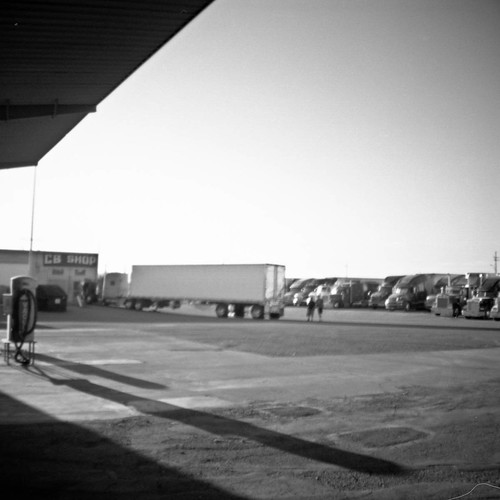 An inland port
An inland port
Despite my initial skepticism, I followed Slim’s advice and went to the Triple T. It’s a classic 1950s full-service truck stop, one of the last of the independently owned truck stops in the country. Located on Interstate-10, between Texas and California, the Triple T has a diner, trucker’s store, scales, a repair shop, gift shop and clean, basic rooms for the night.
The rooms overlook the mechanic’s bays and rows of idling big rigs lined up in the back lot. The gift shop is for buying loved ones mementos from the road — crystal elephants, Walter the Farting Dog books, snow globes with scorpions (as if you’d ever see snow at the Triple T), and other quality knickknacks. The trucker’s store sells chrome stacks, mud flaps, CB radios and gold plated bull testicle key chains.
The restaurant is an authentic American no-frills diner, serving big food for the big appetites of truckers. No hint of Johnny Rockets-style commercialized and prepackaged nostalgia here, only good, unpretentious food served by hard-working, unpretentious waitresses who all have a story to tell. Most of the customers have their own hard-luck stories. If you listen carefully, sometimes you can learn them yourself.
The convenience store next to the Triple T caters to the trucker’s basic need for consumables. Junk food, coffee, soda, alcohol, cigarettes and porno magazines can all be had. Outside, prostitutes offer their services to the truckers as they shuffle in, though most drivers are too tired for sex after driving all night. When a prostitute is successful finding a customer, there is no need for a room. They just climb into the back of the cab while the diesel idles.
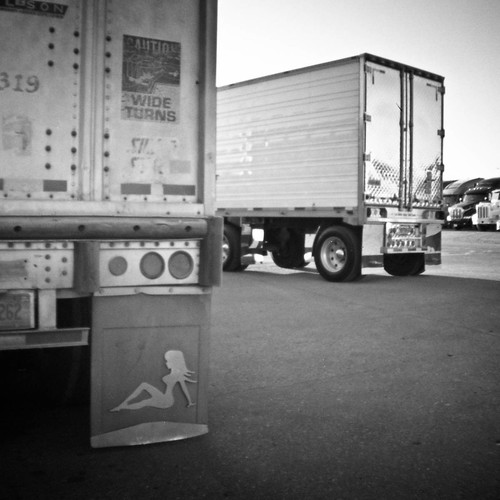 We’re all commodities
We’re all commodities
In the end, it all comes down to moving commodities, whether people or objects, from one place to another and accepting that we are all at some level just commodities ourselves. The truckers are commodities in the trucking market even as they consume the very goods they transport in their big rigs. They deck their trucks out with fancy lights and mud flaps to put their individual stamp on their vehicles. They listen to evangelical radio preachers, country music or rock n’ roll as they haul commodities along the interstate highway system. Nearly everything we purchase has been transported by truck at some point before it reaches us.
When I was in fifth grade I would drive with my father down past the junkyards to fill-up the car with the cheapest gas in town. One day the elderly black man who owned the single-pump filling station handed my dad a promotional card and explained that we would get a free camera if we filled in the five boxes with fill-up stamps,. My dad made a joke about not wanting the crappy camera, but I said that I wanted it. My dad flipped me the card and said I could get the camera if I kept going with him to fill the tank with gas. I kept going, and could hardly contain my excitement as we drove up to get that fifth fill-up.
The old man handed me the cheaply printed paperboard box with a bold graphic of a Diana-F camera on it. I pulled out the blue and black molded plastic camera with its plastic lens and felt like I had been transformed into a new person as I began looking at everything around me through the square plastic viewfinder. This was my very first brand new camera. Years later I purchased a new Diana Mini and thought about my father and being in fifth grade. I used the new Diana Mini to shoot these photos at the Triple T for a local Toy Camera exhibit.
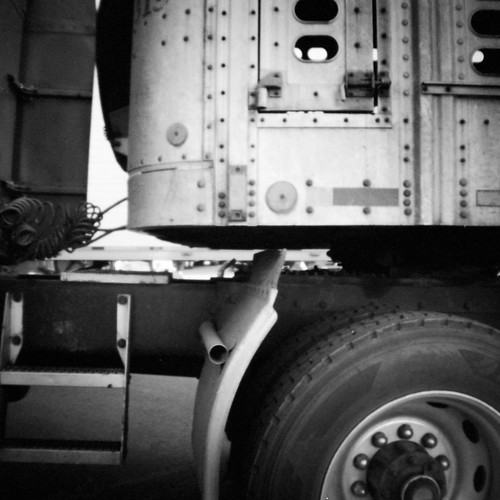 Hard reality, soft focus
Hard reality, soft focus
After shooting the photos you see here, I drove home and found that someone had put a cell phone on my car while it had been parked at the Triple T. The phone was wedged in the rubberized recess around my windshield wipers. I didn’t see it while I was driving home. I also didn’t think much of it when I pulled it off my car. People lose their phones all the time.
But in reviewing the recent calls and messages in an attempt to figure out who the owner was and how to contact them, I discovered a complete chronicle of a desert murder contained in the text log. A photo message showed a Hispanic man face-down in the desert with his hands tied behind his back. Text messages joked about how far they were going to walk into the desert. They also said things like “almost dead now,” “so long señor,” and “now he’s dead.”
 Transnational passage
Transnational passage
The realization of what I found made me sick. Tucson is a border town, and the Triple T is a hub for the transit that occurs across the U.S.-Mexico border. Along with the trucks coming up from Mexico carrying cheap post-NAFTA imports, come other vehicles transporting drugs and human cargo. The Triple T is a common stopping point. Life is cheap in this economy, whether it’s the wages of the waitresses serving up burgers inside the restaurant or the price for a competing drug dealer’s head. I gave the phone to the Pima County Sheriff’s office.
I’ve been back to the Triple T more than once since I took these photos. The Triple T remains the same. That’s part of what makes it special. The people who work there recognize me and greet me. “The usual?” the waitress asks when I sit down in one of the booths. I say, “Yes,” and she brings me a Fifth Wheel. After all, it is to die for.
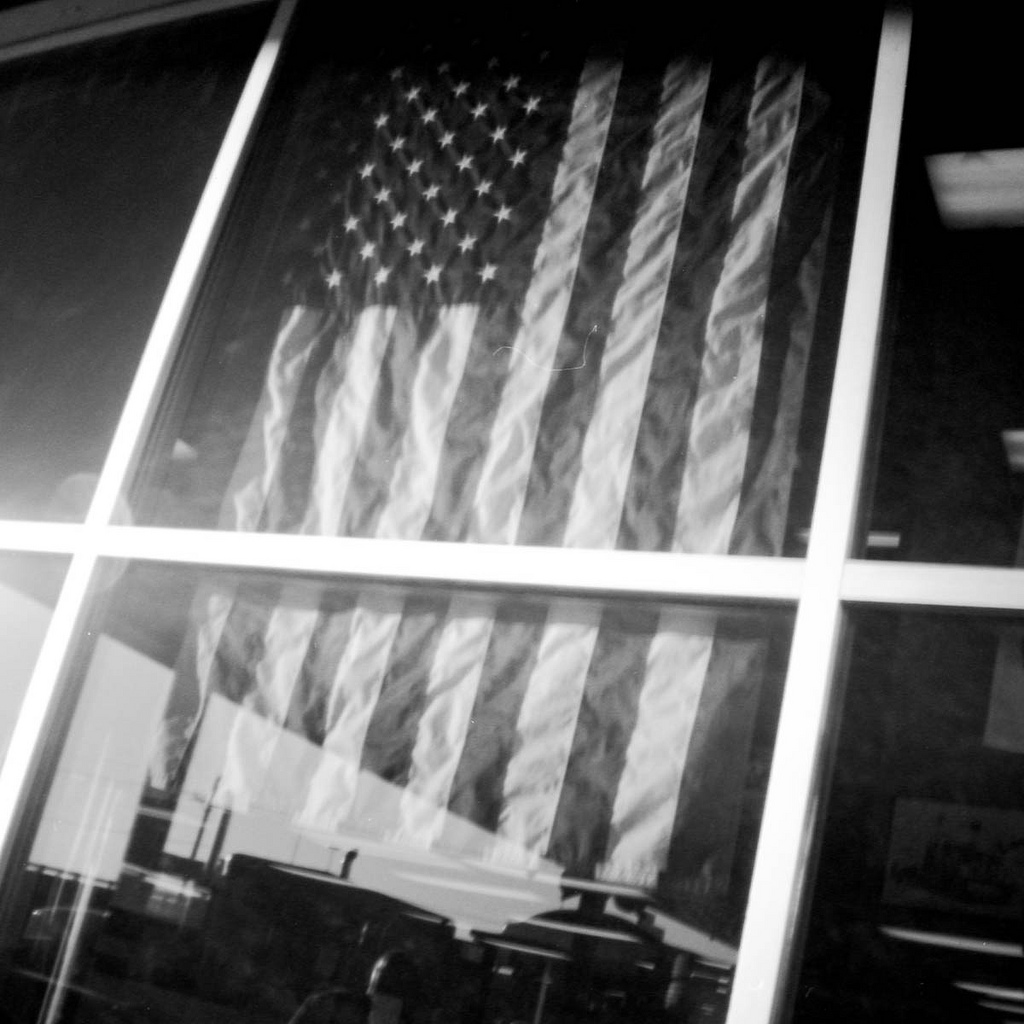
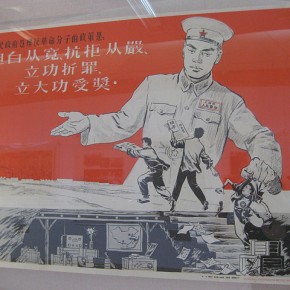
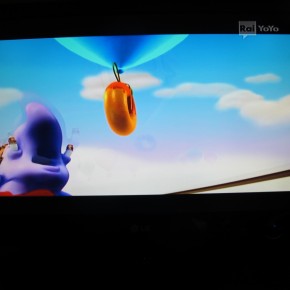
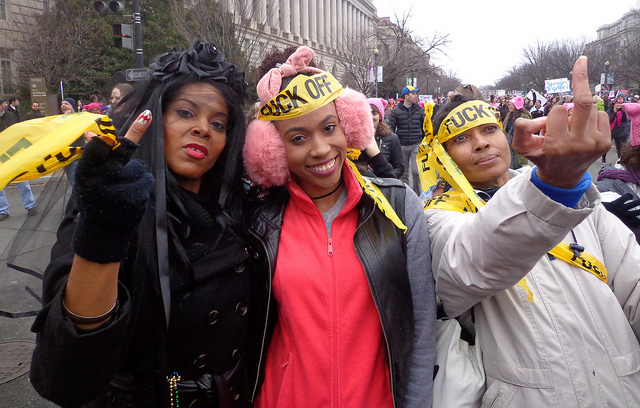
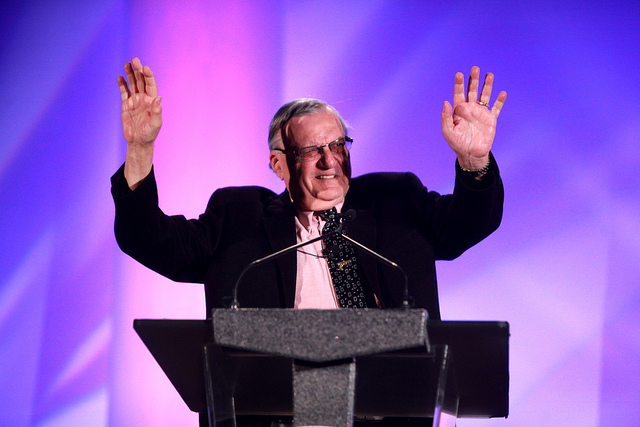
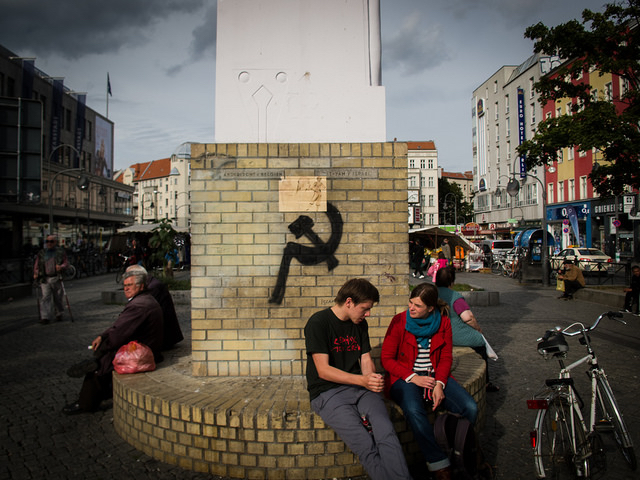
What a beautiful way to reminisce, through the eye of what became your first and undying passion, photography.
Great Collection of Picture with great story!
Thanks Liz and Roland! 🙂
I see good story potential here, one I could find interesting. But there are just too many different directions taken. The piece either has to be much longer to encompass the ideas (though I don’t think all of them are worth pursuing), or simply take one idea and work it through to some length and (hopefully) depth. The photos are okay– I don’t think you took enough or spent enough time taking them to realize the potential of the subject. I think the writing lacks a sense of honesty. That becomes apparent when you tell the brief story of receiving the Diana, because I actually felt your emotions (a little) with the experience with your dad. The rest of the stories are in a no-mans-land between dispassionate observer and actual participant. Be one or the other, and put some meat on it. I think your observations of blue collar life are condecending and judgmental, told from the perspective of someone who has never worked that kind of job– someone without experience to back up the judgment. Yet you are fascinated by that life that is “other.” This I understand, I did the same thing. In fact your writing reminds me of things I wrote in college. I got better, I worked blue collar jobs, lived, and got some experience. You seem to like writing and photography, I think you need to work a lot harder to get to something that’s good and true.
I came to your site after seeing it mentioned on Zenit camera group. I think “to Die For” is very well written, and gave me in the UK a most effective impression of the aspect of USA you describe. The evocative pictures show that the quality of photography depends more on the skill of the photographer than the price of the camera.
It must be disappointing to receive comments like those of 8th June. I wouldn’t grace the “advice” with a response.
Keep writing and photographing.
Ian